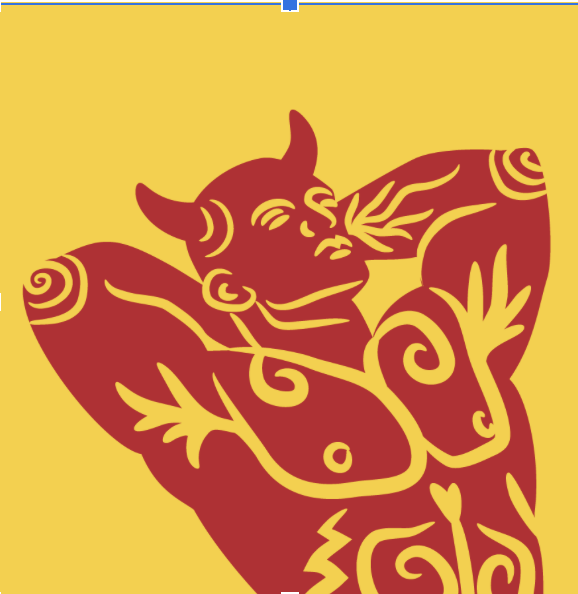Kiyoshi Kuromiya:
Critical Paths Towards Liberation

Kiyoshi Kuromia
Critical Paths Towards Liberation
Kyoshi Kuromiya: Critical Paths Towards Liberation provided an opportunity to use the John J. Wilcox Archives at the William Way LGBTQ Community Center to research and mount an exhibition that would trace the career of the Philadelphia based HIV/AIDS activist Kiyoshi Kuromiya (May 9, 1943 – May 10, 2000). The exhibition formed part of the Reminder Day* 2015 /observances in Philadelphia. The focus of the exhibition placed a specific, educational lens on the work of Kiyoshi Kuromiya, whose activist social and economic justice work spanned a wide range of social issues including but not limited to civil rights, nuclear disarmament, LGBT civil rights, desegregation, free speech, AIDS activism, the environment, the democratization of information, and universal access to health care among others.
Kyoshi Kuromiya: Critical Paths Towards Liberation was an exhibition focusing on the life and activism of the Philadelphia based activist Kiyoshi Kuromiya (May 9, 1943 to May 10, 2000). Born in Heart Mountain, (a Japanese American internment camp in Wyoming) Kiyoshi would become one of the first openly gay Asian American voices in the United States, long before many chose to do so publicly as well as an indefatigable activist on many fronts; nuclear disarmament, civil rights, the environment, and throughout the 80s and 90s AIDS and health care advocacy among others. This included the publication of the first AIDS treatment letter in the United States and the world. The exhibition was organized to coincide with the 2015 celebration and commemoration of the Reminder Day Demonstrations.
In organizing and framing the exhibition I relied on three important elements that informed and fused Kiyoshi’s personal life and activist work: Critical Path theory, intersectionality and Precession .
Kiyoshi was an adjuvant and disciple of the American architect, inventor, writer, designer, and philosopher Buckminster Fuller, whose critical path theory became an important and foundational element to Kiyoshi’s’ thinking and activist work, as were the concepts of intersectionality and precession. The exhibition relied on an understanding of Critical Path theory as a visual algorithm through which to illustrate both Kiyoshi’s philosophical approach to social change movements and his individual commitment to the transformation of systems for the betterment of humanity; this could be achieved through Precession one of the foundational tenets of critical path theory.
These three themes were used to establish a biographical time line alongside major events of historical significance to our nation’s history, spanning the 1960’s through the 1990s . Throughout these decades, Kuromiya participated in a wide range of social change movements. He was present at the March on Selma where he was beaten by police, worked with the Black Panthers, was a delegate to the 1968 National Democratic Convention in Chicago, and participated in the Reminder Day demonstrations held in Philadelphia from 1965 to 1969. These demonstrations are now acknowledged to have been the beginning of the LGBTQ civil rights struggle, 5 years before Stonewall.
The Exhibition:
Using photographs, text, video, installation, historical ephemera, housed at the John J. Wilcox Archives of the William Way LGTQ Community Center in Philadelphia, and personal interviews conducted with friends and colleagues, including a recording conducted by Teresa James for the Philadelphia Folklore Project; the exhibition sought to frame and place Kiyoshi Kuromiya within a time line of significant historical events, all the while, grounding him in local efforts that tell an important part of his Philadelphia story, and how Philadelphia’s historical importance in turn shaped his thinking and informed his work.
Critical Path theory posits a historical basis for how current systems are informed by one another through the evolution of human knowledge and how this knowledge in turn has contributed to change and advancement in a wide range of fields including science, art, and politics. In our case, the historical achievements of the abolitionists, the suffrage movement, worker’s rights, the environment, and the early homophile organizations among others, have and continue to inform movements that seek to challenge, change and dismantle systems of oppression, domination and or discrimination. We gained from these movements and their wins and losses informed and continues to inform current and future strategies for social change movements.
In acknowledging intersectionalities to the overall concept of the exhibition, we are given the opportunity to explore an important and fundamental aspect of Kiyoshi’s work, his approach to social change, and the lens through which he viewed himself as a member of different communities all of which informed his sense of self and justice as intrinsically connected to race, class, nationality, gender and sexual orientation. For Kiyoshi, it was unthinkable to work on one without acknowledging the importance and power of the others and the futility of addressing just one.
This view of himself as “other” came from his having been born in a Japanese internment camp, a historical fact which had a profound effect on him, and came to play a fundamental role in how he viewed himself and his place in the world.
“Precession” a word coined by Buckminster Fuller was also fundamental to Kiyoshi’s activist work since it involved applying pressure in an unconventional direction so as to achieve change. Precession was also deeply tied to personal integrity and was a critical component to the guiding principles that informed both Kiyoshi’s work and the methodology he employed both privately and publicly to affect social change on a grand scale.
Archival Documents
(Partial List)
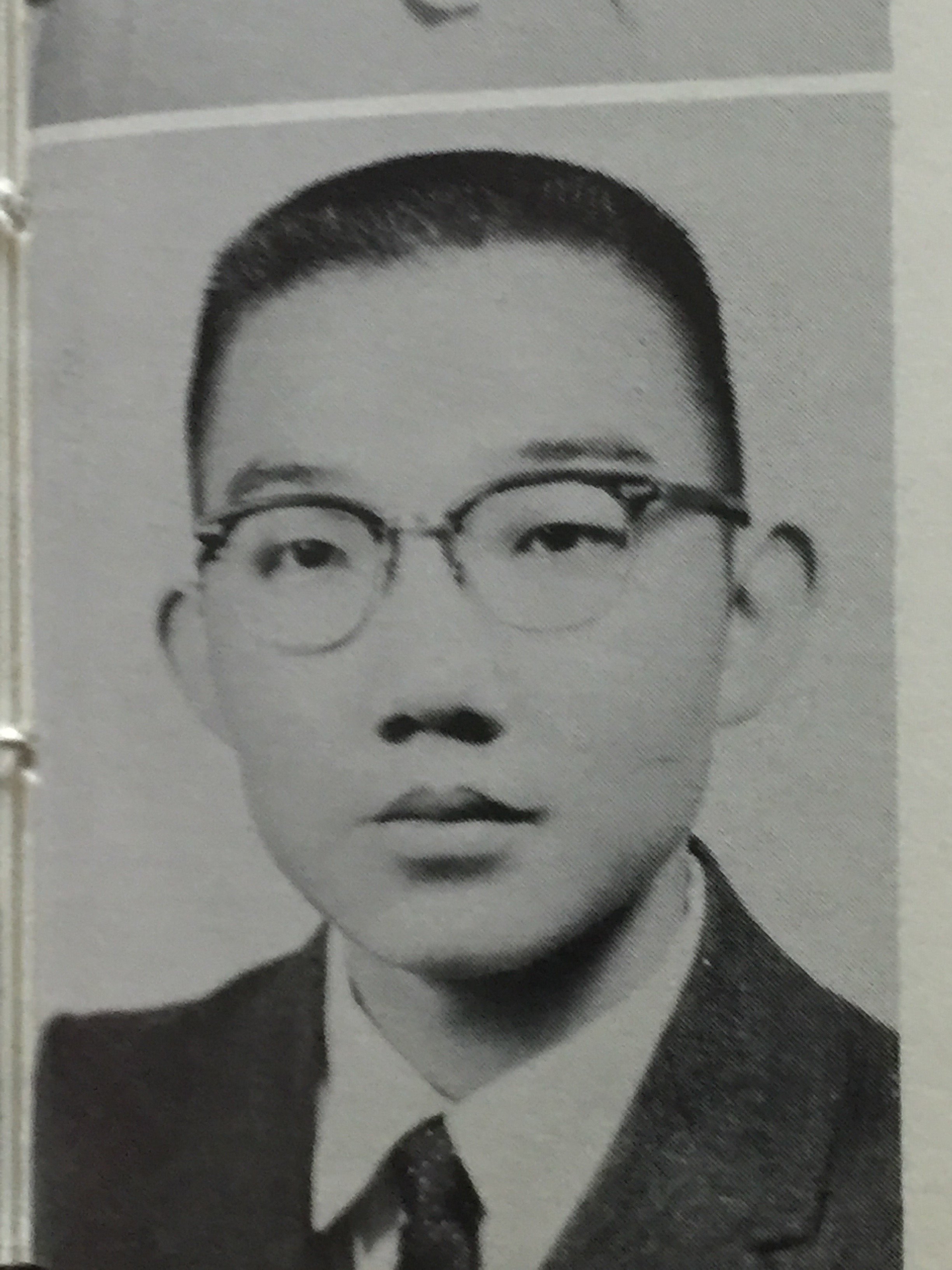
Graduation Photograph of Kiyoshi Monrovia High School.
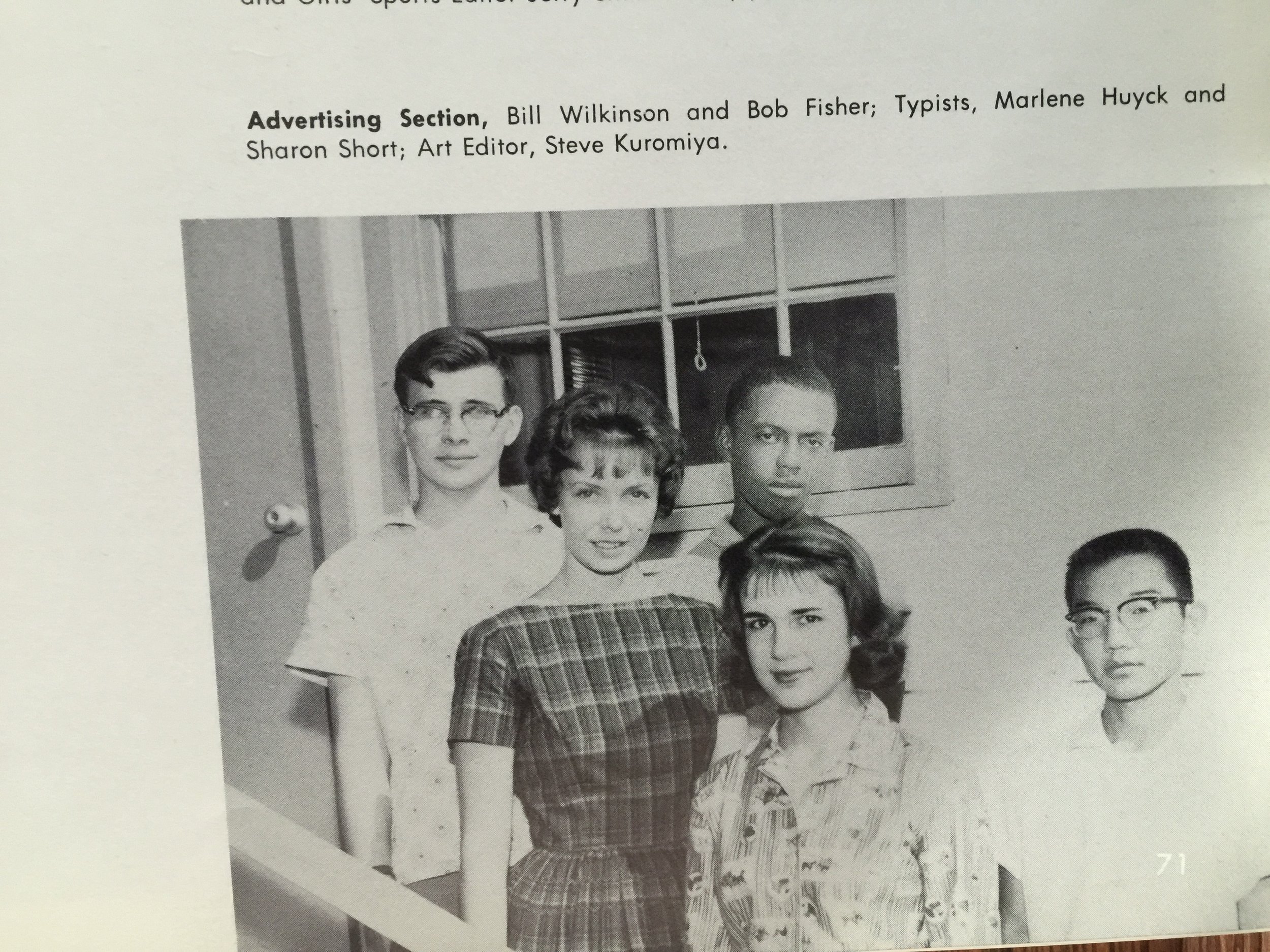
Photograph of Monrovia newspaper students.

Kiyoshi Kuromiya, Class photo, Monrovia HS 1958.

Black civil rights protest at Independence Hall, May 12, 1963. Courtesy of AP.
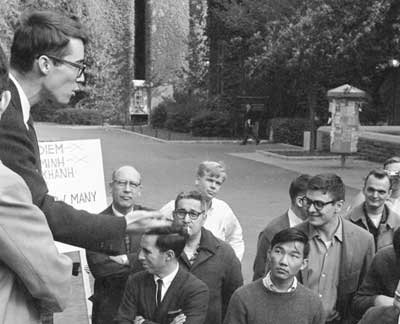
Kiyoshi Kuromiya (front row, right) at a University of Pennsylvania antiwar rally in the 1960s. Photo Robert Brand .

Kiyoshi Kuromiya and Buckminster Fuller, Photo source unknown.

Fuck the Draft Poster.

1945 Kiyoshi's Heart Mountain Internment Camp Records. The records lists members of the Kuromiya Family detained at Heart Mountain.

National United for AIDS Action Act Up Protest, NYC, 1992. Photo Jerry Gregory.
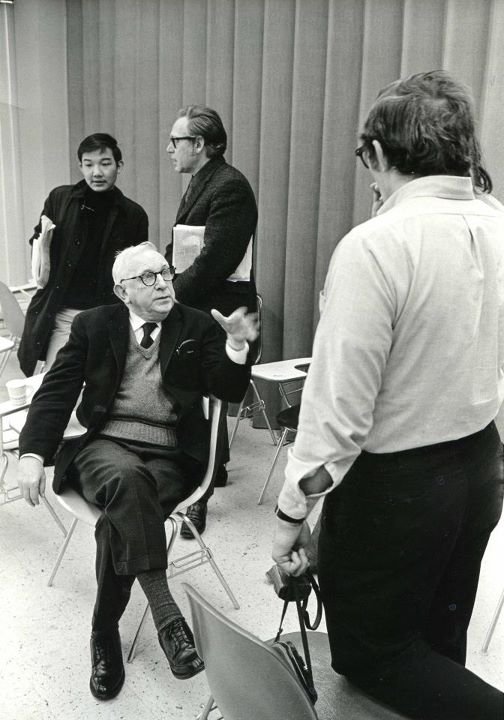
Kiyoshi Kuromiya, University of Pennsylvania, year and source unknown.

"Young people in Rittenhouse Square, 1967", George D. McDowell Philadelphia Evening Bulletin Collection at Temple University Libraries, Special Collections Research Center.
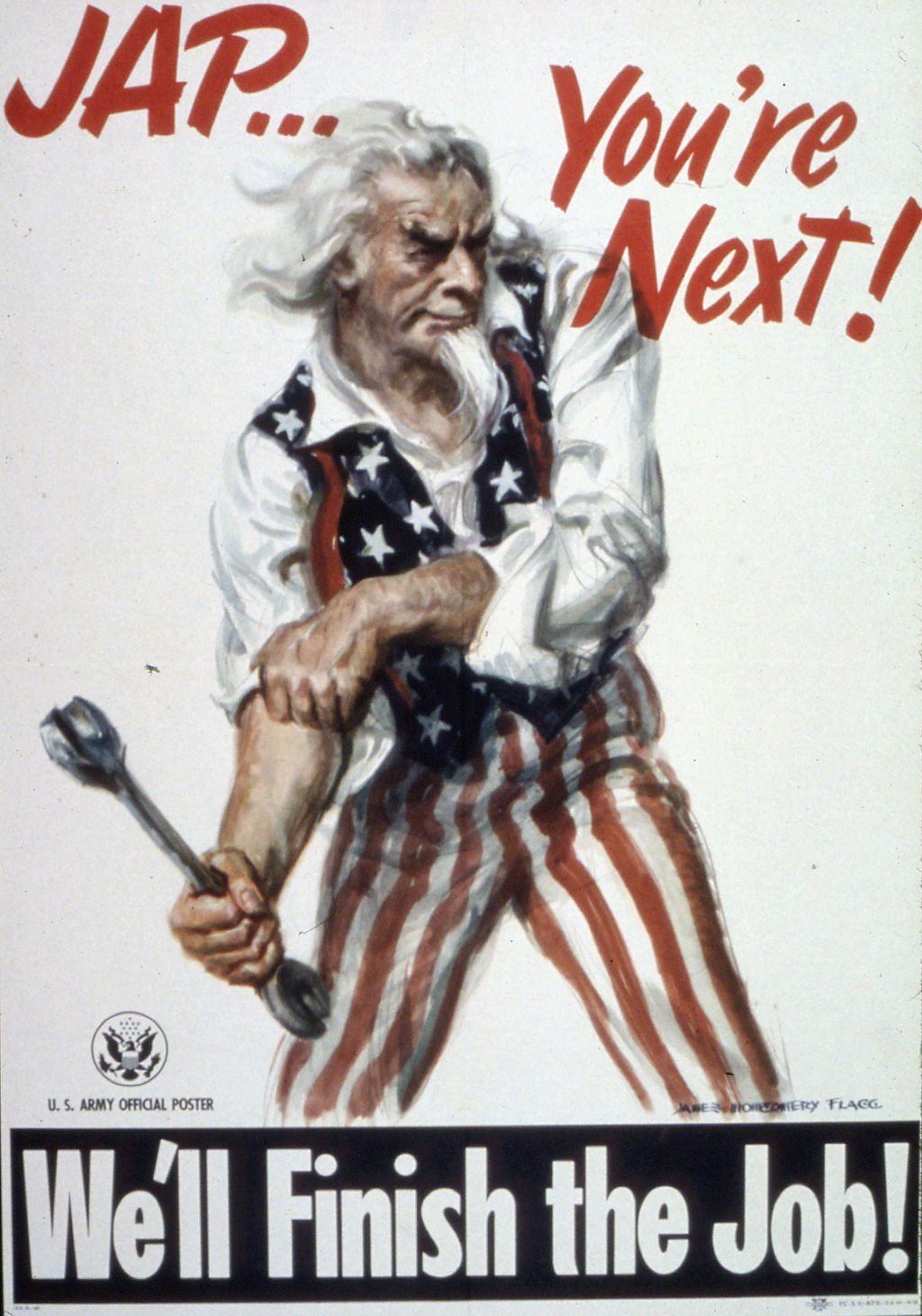
World War II USA, Anti Japan Propaganda Poster. 1941.
